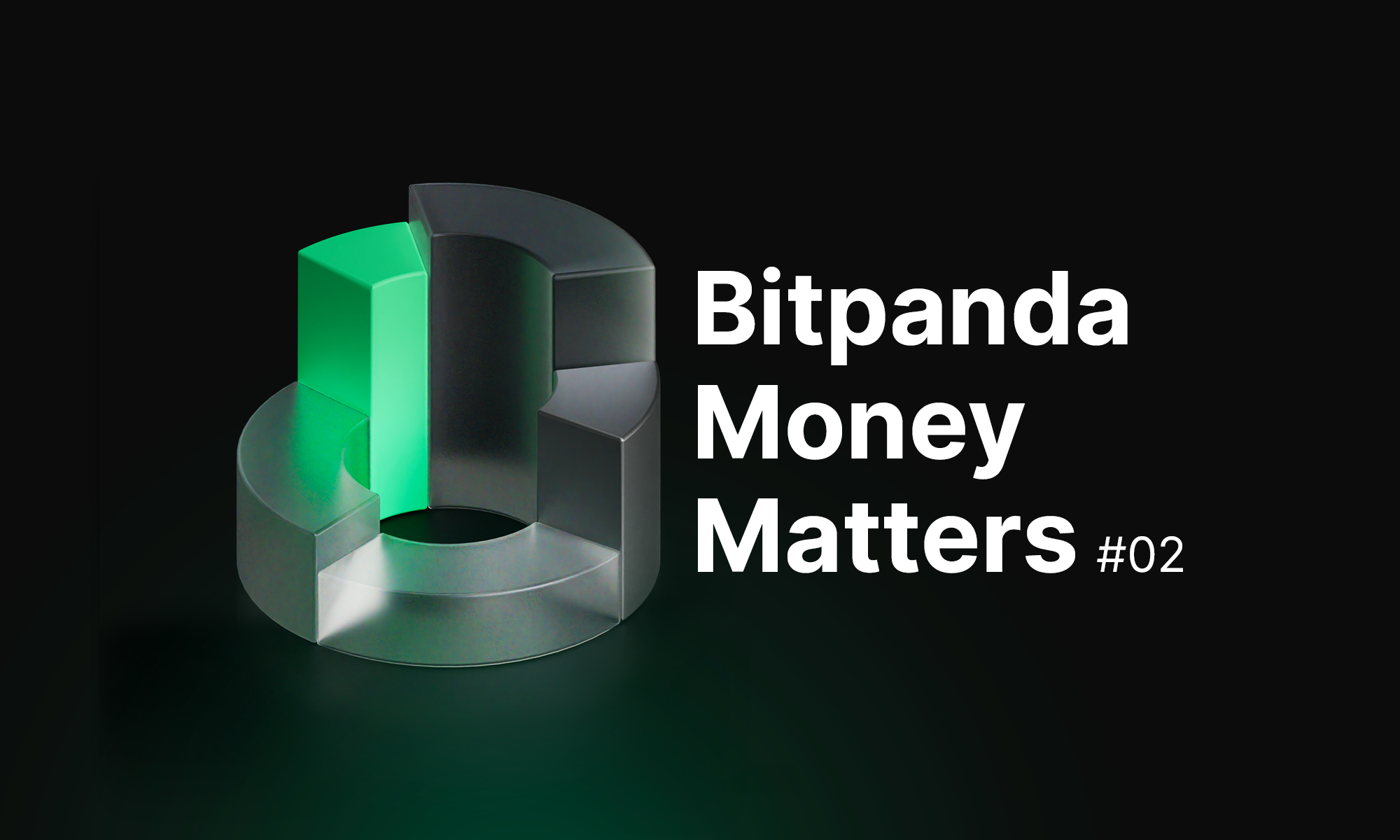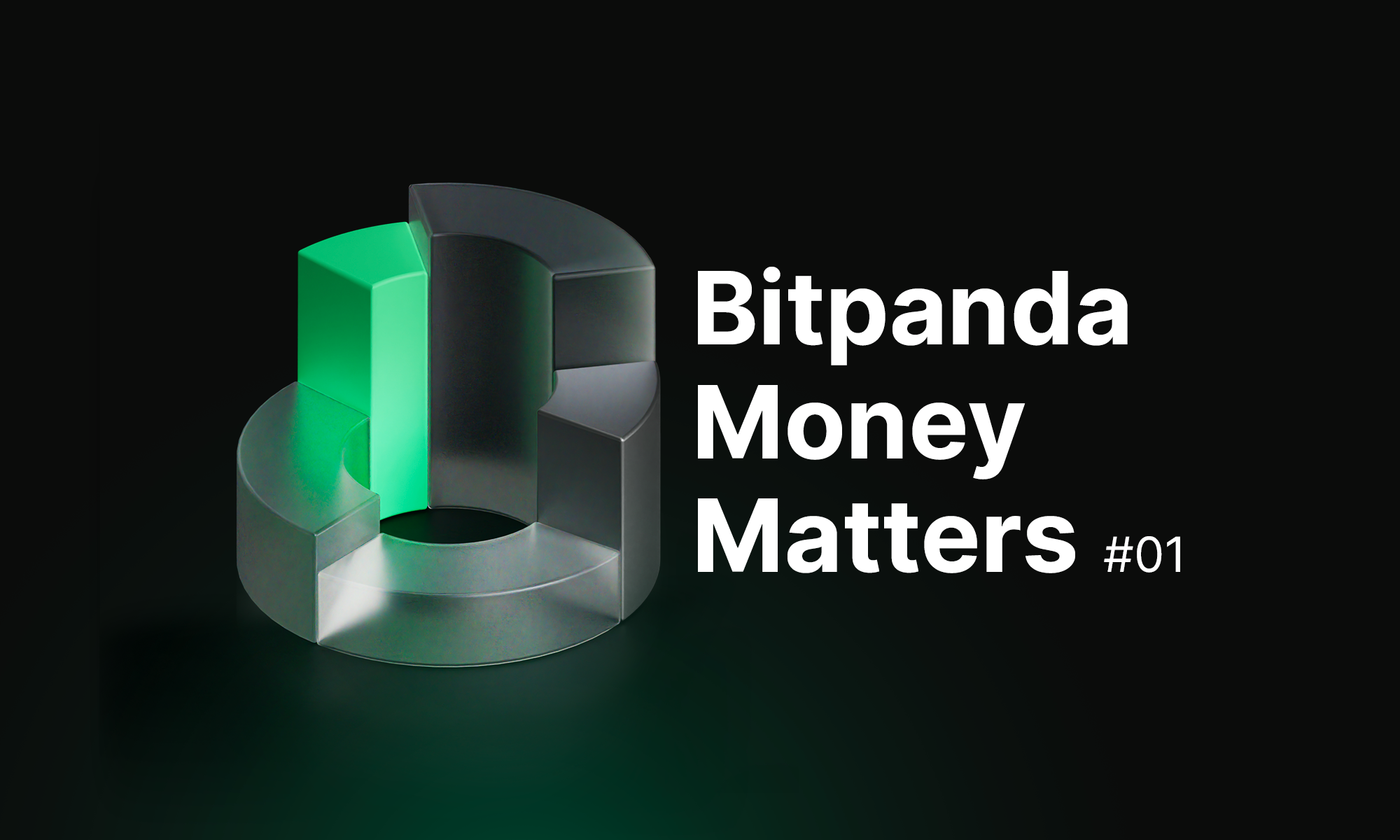With 2025 poised to be a transformative year, the landscape is set to be reshaped by institutional adoption, the increased use of AI and the unstoppable rise of Web3. What does this mean for the future of digital assets? How will emerging trends redefine the market? Explore key insights and predictions on the opportunities and challenges shaping the path ahead.
Six cryptocurrency predictions and potential trends in 2025
The crypto world has rarely seen a dull moment and 2024 was no exception. The year marked major milestones that firmly established crypto as a cornerstone of the financial and technological mainstream.
Bitcoin surpassed $100,000 for the first time, cementing its status as “digital gold” and attracting institutional investors. Meme coins like Dogecoin, BONK and Pepe captured retail attention, driving the sector’s value from $20 billion to over $120 billion. At the same time, Web3 innovations, DeFi platforms and NFT marketplaces continued reshaping industries and digital ownership. Regulatory advances like Europe’s MiCAR framework and U.S. Bitcoin ETFs brought structure and accessibility to the market.
For a deeper dive into all of 2024’s milestones, check out our full review.
As we look toward 2025, the stakes are higher. Institutional players are setting their sights on blockchain, regulatory frameworks are maturing and innovations in artificial intelligence and decentralised technologies promise to disrupt markets and industries in ways we are just beginning to grasp.
Wondering which exciting developments to focus on? We’ve compiled the six key areas to look more closely at in 2025!
1. Institutional adoption and regulation: Wall Street meets Web3
Mainstream crypto adoption depends on clear and consistent regulatory frameworks. With Europe’s MiCAR (Markets in Crypto-Assets Regulation) and DORA (Digital Operational Resilience) Acts setting new standards, 2025 is shaping up to be a year for institutional engagement.
Major players like BlackRock and Fidelity approved Bitcoin exchange-traded funds (ETFs) in 2024, expanding offerings and driving Bitcoin demand as more traditional investors join the market. These ETFs will likely serve as a gateway for broader institutional adoption of cryptocurrencies, boosting liquidity and market stability.
Banks and financial institutions are also scaling up blockchain integration. JPMorgan’s blockchain platforms, which handled over 1 billion $ in daily transactions in 2024, are set to grow further as more firms adopt distributed ledger systems for payments, securities trading and tokenised assets.
In particular, tokenisation is projected to unlock trillions in illiquid markets like real estate and art. Estimates suggest that the total market value of tokenised assets could significantly exceed 10 trillion U.S. dollars by 2030.
Central Bank Digital Currencies (CBDCs) may also play a crucial role. Pilots in Europe, the U.S. and other regions aim to integrate with traditional banking, enabling faster settlements and lower transaction costs. Institutional players are likely to adopt CBDC-compatible solutions, further blending traditional and decentralised financial systems.
In 2025, these developments are expected to bring greater market stability, increased institutional trading and deeper integration of blockchain into global finance, solidifying crypto’s role as an essential part of the financial ecosystem.
2. Web3 innovations and use cases: beyond the buzzword
The transition from Web2 to Web3 represents a paradigm shift in how we interact with the digital world. At its core, Web3 prioritises decentralisation, privacy and user ownership. Unlike Web2, dominated by centralised platforms like Facebook and Google, Web3 empowers individuals by giving them control over their data and assets.
This trend is likely to continue in 2025.
- In finance, decentralised finance (DeFi) platforms allow peer-to-peer transactions without the need for intermediaries. Platforms like Uniswap and Aave have already demonstrated how DeFi can replace traditional banking services, offering loans, savings and trading with lower fees and greater accessibility.
- In gaming, blockchain is revolutionising the industry by introducing true ownership of in-game assets through NFTs. Titles like Axie Infinity are creating economies where players can earn money while playing.
- Supply chain management is another area where Web3 is set to make waves in 2025. Blockchain’s transparency allows companies to track goods from production to delivery, reducing fraud and inefficiencies. For example, IBM’s Food Trust uses blockchain to ensure food safety and traceability, giving consumers greater confidence in the products they buy.
- Decentralised apps (dApps) are the backbone of Web3 innovation. These applications, built on blockchain platforms like Ethereum and Solana, eliminate the need for centralised authorities. dApps in areas like social media, healthcare and logistics are beginning to challenge traditional business models by offering more transparent and user-focused alternatives.

As Web3 continues to evolve, expect to see even more creative use cases emerge in 2025.
3. Regulatory developments: a new rulebook for the digital economy
The regulatory landscape in 2025 will be defined by the implementation and enforcement of comprehensive frameworks like Europe’s MiCAR and the Digital Operational Resilience Act (DORA):
- MiCAR’s full rollout in December 2024 brought clarity to token issuance, stablecoins and crypto service providers, ensuring a structured market. In 2025, Europe’s crypto industry is expected to become less volatile, with stronger investor protections and market integrity boosting confidence. This regulatory certainty will likely attract more institutional investors and encourage businesses to expand within Europe.
- DORA’s focus on operational resilience will enforce higher cybersecurity standards across financial and crypto firms. Companies that don’t meet these standards risk penalties and exclusion, driving widespread digital infrastructure upgrades. This will likely make the European crypto ecosystem one of the most secure and resilient on a global scale.
The United States is expected to introduce crypto laws focusing on taxation, anti-fraud measures and compliance standards. Discussions around defining crypto assets and setting clear rules for decentralised finance (DeFi) platforms could lead to the U.S. establishing a more cohesive regulatory framework. The SEC is expected to streamline its processes, potentially encouraging more crypto firms to seek compliance and expand operations within the U.S.
Globally, Central Bank Digital Currencies (CBDCs) are set to advance rapidly. Over 130 nations are expected to advance toward adopting or implementing CBDCs, with many integrating them into domestic and cross-border payment systems. These efforts aim to improve transaction efficiency but may also tighten financial oversight, impacting both centralised and decentralised systems.
By the end of 2025, the crypto market is likely to be more regulated, secure and interconnected with traditional finance. These developments will reduce the speculative nature of the market, attract long-term capital and foster innovation in areas like tokenisation and decentralised applications. While challenges remain, 2025 is expected to mark a significant step toward mainstream acceptance of crypto as a mature financial asset class.
4. Bitcoin dominance over altcoins: the original vs. the new kids on the block
Bitcoin remains the market leader, strengthened by its growing integration into traditional finance. This trend is expected to continue in 2025 as Bitcoin becomes more central to global financial systems.
While Bitcoin continues to lead the market, altcoins are gaining ground by meeting specific needs. Ethereum dominates in decentralised applications, with Ethereum 2.0 cutting energy use by over 99%, attracting eco-conscious investors. Competitors like Solana, Polkadot and Avalanche offer faster transactions and lower fees, making them ideal for scalable dApp development.
Niche tokens are also expanding their influence. Privacy-focused coins like Monero, supply chain solutions like VeChain and decentralised storage projects like Filecoin showcase blockchain’s versatility. These altcoins are expected to grow further in 2025, driven by real-world use cases and specialised demand.
Meme coins, often dismissed as jokes, have proven their market potential. Coins like Dogecoin, Shiba Inu and Pepe gained traction in 2024 through viral campaigns and community-driven hype, pushing the sector’s value to over 120 billion $.
In 2025, meme coins are likely to evolve with added utilities like staking and DeFi features. Platforms like Solana and Ethereum, known for their scalability, will remain key hubs for new meme coin projects. The rise of NFT-integrated meme coins may also create new asset categories, combining humour with digital ownership.

Also, the altcoin landscape promises even more innovation and creativity. However, stay cautious: unexpected setbacks can quickly overshadow the excitement.
5. AI’s role in crypto: smarter, faster, safer
Artificial intelligence is transforming crypto, with AI-powered trading bots helping investors execute precise strategies and analyse market trends. These tools make advanced trading techniques more accessible, giving individual investors a fairer chance.
This transformation will position AI as a key driver of financial decision-making in cryptocurrency markets in 2025.
Blockchain analytics platforms are also leveraging AI to enhance security and compliance. By monitoring transactions for suspicious activity, these systems help prevent fraud and ensure adherence to regulations like AML (Anti-money laundering) and KYC (Know your customer). Innovations such as AI-generated smart contracts are poised to revolutionise the efficiency and reliability of blockchain technology, automating processes that once required significant manual oversight.
The integration of AI and blockchain also extends beyond finance. Decentralised AI models are enabling businesses to utilise machine learning while maintaining privacy and decentralisation. For example, secure multi-party computation ensures that sensitive data can be used collaboratively without being exposed. This has significant implications for industries like healthcare, where patient data can be analysed for research purposes without risking confidentiality.
However, the rise of AI comes with its challenges. AI-driven scams, such as deepfake phishing schemes, are becoming increasingly sophisticated, exploiting the same technological advancements that make AI appealing. These risks underscore the importance of robust education and cybersecurity measures to protect users and the integrity of blockchain networks. In 2025, as AI continues to reshape the crypto landscape, the focus will be on balancing innovation with vigilance.
6. Mass adoption and bull run hype: crypto’s moment in the spotlight
If 2024 was the year crypto matured, 2025 might be the year it becomes unstoppable. The signs of mass adoption are everywhere. Decentralised finance platforms are crossing milestones in user engagement, with global crypto wallets surpassing 1 billion users by early 2025.
Retail brands like Starbucks have integrated blockchain into their loyalty programs, while Tesla announced plans to expand crypto payments beyond Bitcoin to Ethereum and Dogecoin.
Enterprise adoption is booming as major companies use blockchain to cut costs and improve operations. JPMorgan’s blockchain handles $1 billion in daily transactions, while Broadridge’s ledger system transforms repo markets with over $1 trillion in monthly settlements.
Meanwhile, niche markets like meme coins and tokenised assets are thriving. Millennials trade Dogecoin and hedge funds invest in fractionalised art or gold-backed tokens. Tokenisation alone could unlock $16 trillion in assets by 2030.
Social media hype fuels the crypto buzz, with influencers on TikTok and Instagram promoting the “next big coin,” drawing newcomers and sparking debate within the community.

Conclusion: the crypto frontier awaits
As we enter 2025, the crypto world offers immense opportunities alongside significant responsibilities. With advancements in regulation, Web3, meme coins and AI-driven solutions, the industry is rapidly evolving and combining early dynamism with the stability brought by institutional players.
However, challenges like exploitation and volatility remain, emphasising the need for clear regulations and widespread education. For investors, businesses and policymakers, staying informed and adaptable is essential in this space.
Whether you’re a seasoned trader or new to crypto, 2025 will be a transformative year. By balancing innovation with caution, you can help shape the future of digital assets – an industry that’s here to stay and redefining finance, technology and global connections.
Disclaimer
This article is distributed for informational purposes, and it is not to be construed as an offer or recommendation. It does not constitute and cannot replace investment advice.
Bitpanda does not make any representations or warranties as to the accuracy and completeness of any information contained herein.
Investing carries risks. You could lose all the money you invest.
 Commodities* Invest in commodities 24/7
Commodities* Invest in commodities 24/7 Bitpanda Limit Orders Invest on autopilot with Limit Orders
Bitpanda Limit Orders Invest on autopilot with Limit Orders BITCOIN What to know when you are just starting to invest
BITCOIN What to know when you are just starting to invest ASSET MANAGEMENT Your investment, your assets: Why your money is safe with Bitpanda
ASSET MANAGEMENT Your investment, your assets: Why your money is safe with Bitpanda COUNTDOWNBitcoin Halving Countdown 2024
COUNTDOWNBitcoin Halving Countdown 2024 ACADEMYWhat is the Bitcoin halving?
ACADEMYWhat is the Bitcoin halving?









